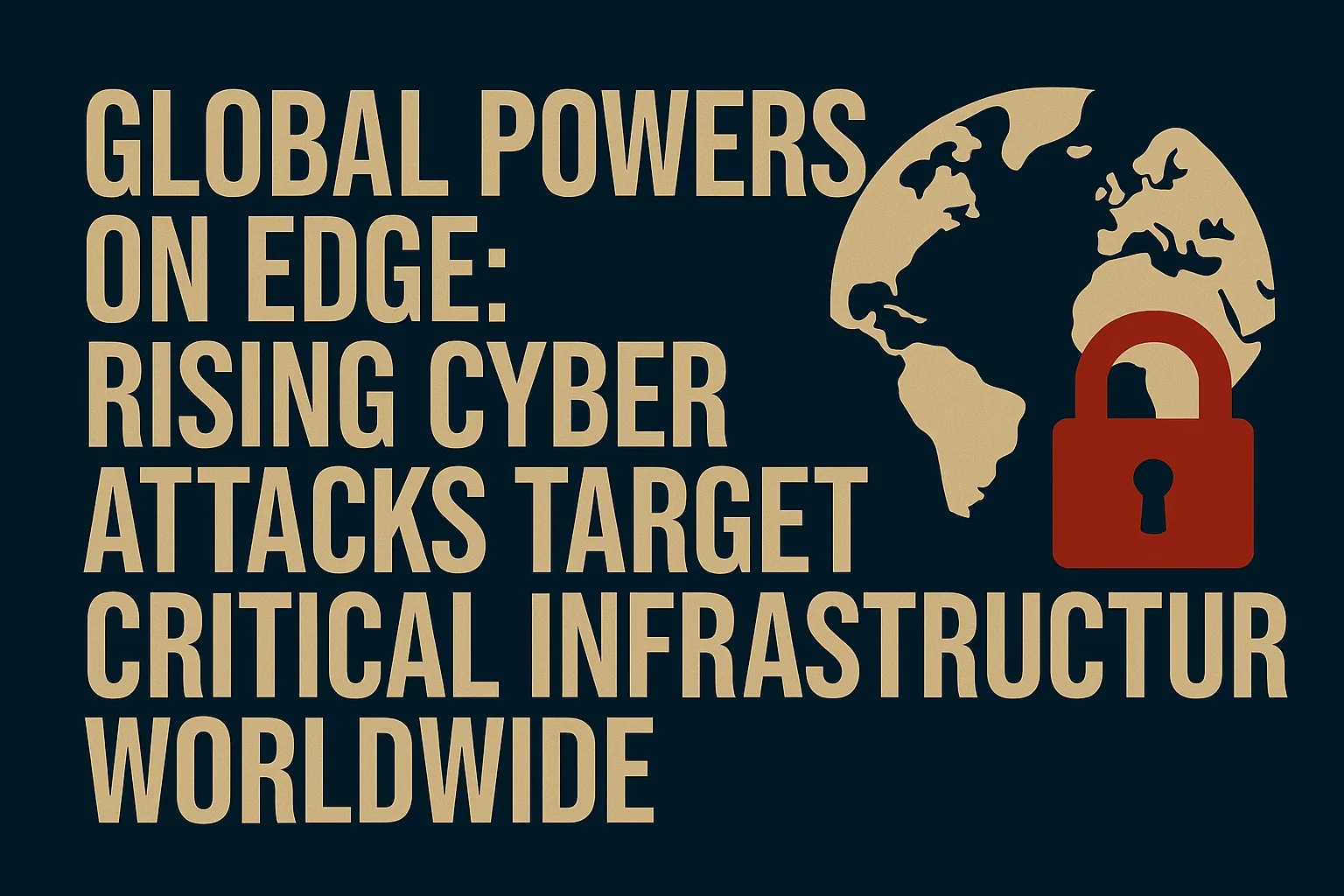Global Powers on Edge: Rising Cyber Attacks Target Critical Infrastructure Worldwide
Governments around the world are scrambling to respond to a dramatic uptick in cyberattacks that have targeted critical infrastructure such as energy grids, transportation systems, and healthcare networks. Experts say these attacks are becoming more frequent, more complex, and more devastating in their potential impact.
This latest wave of cyber activity has seen power grids disrupted in parts of Europe, hospital databases compromised in Asia, and transport systems temporarily shut down in the United States. While no single actor has claimed responsibility, cybersecurity agencies suggest multiple state-sponsored groups may be behind the campaign.
💰 Economic and Security Consequences
The economic implications are severe. Disrupted operations cost billions of dollars, not only in damages but in lost productivity. More alarmingly, some of the affected systems control sensitive data and critical operations that, if compromised further, could pose a threat to public safety and national security.
🤝 Calls for Global Cooperation
In response, several world leaders have issued joint statements calling for international agreements on cyberwarfare and digital sovereignty. The United Nations is expected to convene an emergency summit this month to discuss frameworks for cybersecurity cooperation.
🔐 Is This the New Normal?
Cybersecurity analysts warn that as nations grow more reliant on digital infrastructure, these kinds of attacks may become the norm rather than the exception. Strengthening defenses, sharing threat intelligence, and investing in cyber talent will be key to avoiding catastrophic disruptions in the future.
As this digital cold war escalates, the line between military strategy and civilian risk becomes increasingly blurred. Citizens, businesses, and governments alike will need to adapt quickly to this evolving global threat landscape.

